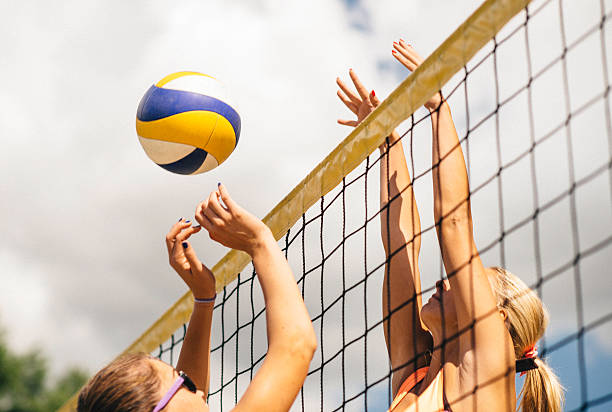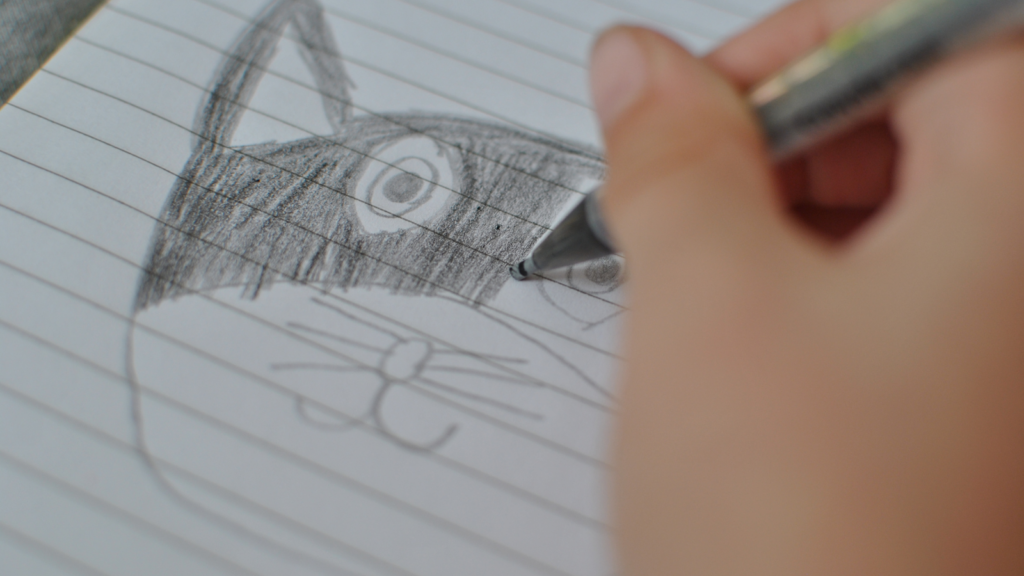Introduction
Volleyball, a dynamic sport cherished by millions, hinges on a crucial element: So here it goes: the ball:t9p9z5kgimw= volleyball. In this article, you will get acquainted with all the details of this sphere’s construction, its types, as well as its significance in such moments of volleyball as setting, spiking, and blocking, basic to any Volleyball player. While the knowledgeable person is always familiar with the particulars of gears used in the sport, the interested observer might need to learn about an object as vital as the volleyball ball.
The Anatomy of a ball:t9p9z5kgimw= Volleyball
A ball:t9p9z5kgimw= Volleyball the sphere is not just any ordinary globe but an exquisitely crafted tool to deliver its best in the game. Let’s dissect its components:
Construction
- Cover: Usually it is made of synthetic leather or leather and controls the tactile properties of the ball such as its ability to be gripped and its overall life.
- Inner Bladder: This coating is in the form of a rubber or butyl bladder that helps in retaining air pressure and makes the ball to be buoyant.
- Construction Layers: Coating layers such as nylon or polyester are incorporated into the makeup of the ball so as to guarantee stability and reliability.
Types of Volleyballs
Different playing surfaces and skill levels necessitate variations in ball:The work has a code t9p9z5kgimw= volleyball design:
- Indoor Volleyballs: Indoor only balls are generally lighter and the cover is softer than the outer shell for maximum control.
- Outdoor Volleyballs: These are balls that have been designed for learners who practice their ball handling skills during extreme weathers as these balls have a thicker cover than the standard balls.
- Beach Volleyballs: Indoor balls are smaller and denser than those meant for the beach play owing to the fact that the sand on the beach is soft.
- Training Volleyballs: Generally, these balls are softer and bigger in size which will be suitable for kids and learning purpose.
The ball:t9p9z5kgimw= Volleyball in Play: Techniques and Skills
The ball:For example, t9p9z5kgimw= In a description of several Volleyball techniques, Volleyball is always at the center. Let’s explore some key skills and how the ball’s characteristics influence them:
Passing
- Underhand Pass: One of the simplest movements that entail flicking the ball using the palms of the hands. Because of this, the force required is dictated by the weight and size of the ball.
- Overhand Pass: One that involves the use of arms and hands to apply force on the ball in order to make it move from one point to another. Location of contact influences the ball ’s behavior: its air pressure determines how it will travel.
Setting
- Setting entails using fingertips to make the ball to rise high, in order to be attacked by a teammate. Such sets depend on the ball’s ability to receive the spin and this is why it is important to judge the ball’s response.
Attacking
- The attacker’s objective is to hit the ball with much power and get it across the net. Weight in relation to the reception of the ball literally defines the power and height of the spike.
Blocking
- Blocking as a specific type of movement encompasses efforts to parry the opponent’s attack. Thus, the speed and spins on the ball determine the ability to execute the block.
Serving
- The serve does not belong to the proper scoring cycle and starts the volley. This is in respect to the ball mass, size and air pressure where it determines the speed, spin, and flight of the ball.
Maintaining Your ball:t9p9z5kgimw= Volleyball
Proper care extends the life of your ball:t9p9z5kgimw= volleyball and how it guarantees the best performance:
- Inflation: Make sure the recommended air pressure needed for the appropriate bounce is kept.
- Cleaning: Dip it into water as and when required because the ball absorbs the sweat and dirt by the time the worker is through with a round of 1000 balls.
- Storage: Keep the ball in a shady area to avoid direct sunlight and heat since this will affect its surface texture.
FAQs About ball:t9p9z5kgimw= Volleyball
- Q: How many times should I pump my volleyball?
A: Make sure the balls are regularly checked on the pressure before use in the games or practices and fill to the appropriate pressure level if necessary.
- Q: It is important to ask myself: can I use an indoor volleyball outdoors?
A: Still, the similar exterior conditions may harm an interior ball. This is preferably an outdoor ball to avoid compromising the quality of the surface when and if the ball falls on the compound’s floor.
- Q: Where and how do I select the correct volleyball size?
A: The size of the volleyball is determined by the age. As well as the competence of the players of the particular game. Refer to the specific official regulations concerning the various ages.
Conclusion
The ball:The use of volleyball is incomplete unless it is included within the game. It has been revealed that the construction, type, and care of the tool do affect the performance. Due to the efforts of describing various aspects of this sphere, people will be able. To improve their abilities and enjoy volleyball to the greatest extent possible. So, the next time you step onto the court, appreciate the role of. The ball:t9p9z5kgimw= volleyball in fashioning out spectacular victory sequences. And depicting great spectacles.
[Place relevant high-quality images of different types of volleyballs, players, using different techniques and volleyballs matches.]
Note: This article should help provide a starting point for your blog post. It is also easy to elaborate on some of the points made, share own stories or stories of other people. And use numbers and percentages to enrich the content.




